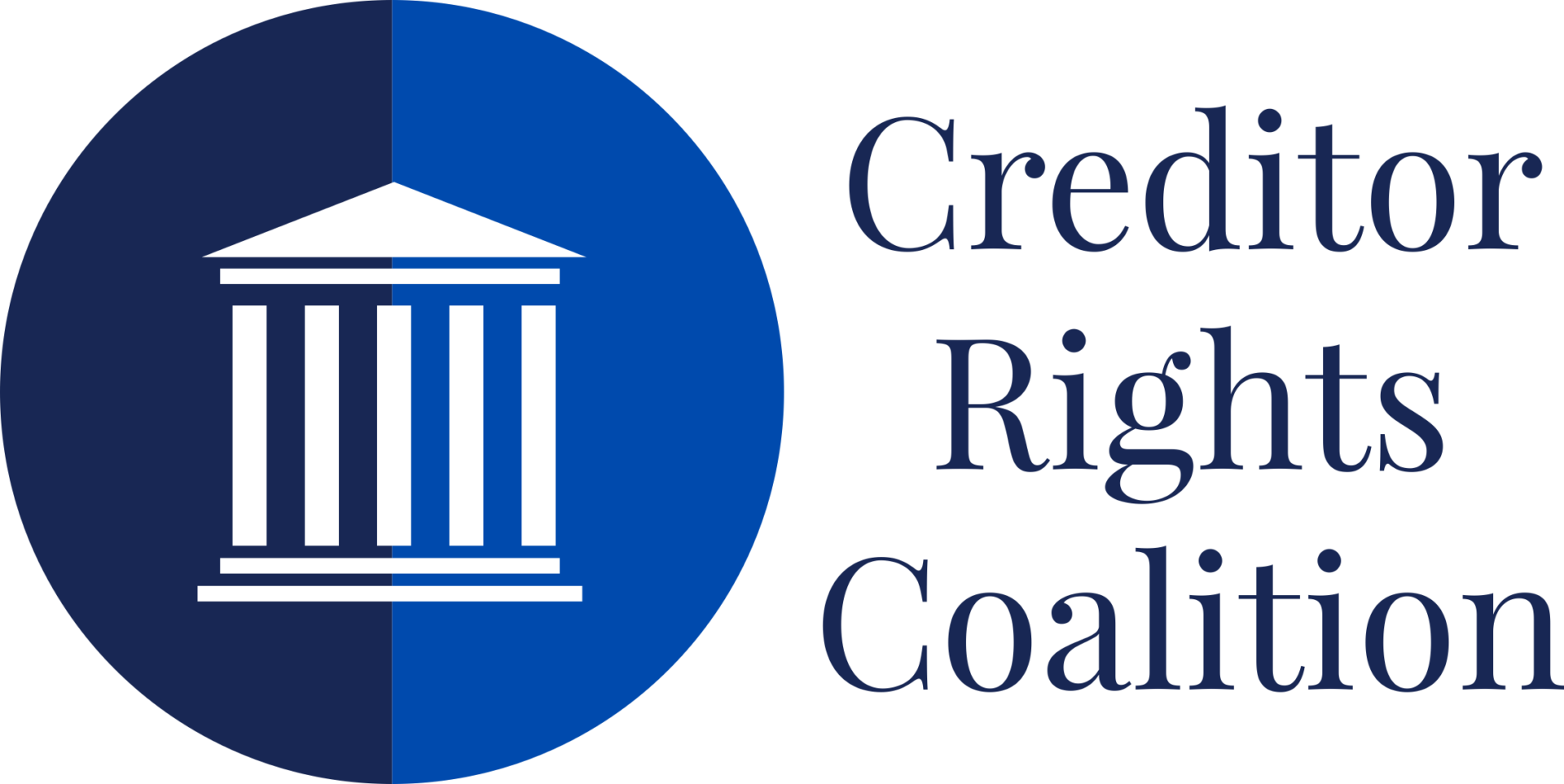Philip Anker Speaks on the Purdue Pharma decision

Wilmer Hale
There are three lenses through which I view the Second Circuit’s recent decision in Purdue.
The first is one of policy – if I could amend the Bankruptcy Code, would it permit non-consensual, third-party releases? I can see arguments on both sides but, on balance, I think the argument for permitting bankruptcy courts to approve plans granting such releases in narrow, compelling circumstances is stronger. A cause of action is a form of property, and there is certainly something jarring about the notion that a bankruptcy plan can take that property right away from a creditor without its consent when that creditor’s cause of action is a direct claim against someone who is not the debtor in bankruptcy. That said, in mass tort claims, claims against non-debtors, such as insurers and insiders, are often hard, if not impossible, to separate from the claims against the debtor. I have been involved in cases where, as far as I could tell, the debtor could not obtain the necessary funding and creditor support for a plan without substantial contributions from third parties and those third parties were not going to make such contributions unless they obtained peace – a complete release. Finally, it is worth noting that Section 524(g) already allows third-party releases in asbestos cases; I don’t see any reason why the rule should be any different simply because the tort liability arises out of the sale of products containing, say, opioids rather than asbestos.
The second lens is one of law – was the panel of the Second Circuit that decided Purdue correct to hold that, under the law as it already existed in that Circuit, non-consensual, third-party releases were permissible, albeit only in narrow circumstances? To me, this is the easiest question; the panel got it right. I was quite surprised that the District Court had read the Second Circuit’s prior caselaw as not dispositive – as not already holding that third-party releases do not violate the Bankruptcy Code. All three judges on the Purdue panel, including Judge Wesley who wrote a concurrence in which he expressed serious reservations about third-party releases, but concluded that he was bound by the existing Second Circuit precedent, agreed.
The third issue is also one of law, but one for a court like the U.S. Supreme Court not bound by the Second Circuit’s or any other Circuit’s precedent to decide: As a matter of first principles, does the Bankruptcy Code, as currently drafted, permit non-consensual, third-party releases other than in asbestos cases? While I again see arguments on both sides of the issue, I find persuasive the affirmative answer and the rationale for that answer provided in the majority opinion in Purdue. As with any issue of statutory construction, the analysis begins with the words of the Bankruptcy Code. Section 1123(b)(6) specifies that a plan of reorganization may contain “any†provision so long as it is (1) “appropriate†and (2) “not inconsistent with†any other applicable provision of the Code.
As for “appropriate,†the Purdue panel built on the decisions from other Circuits that permit third-party releases in saying that such releases may exist only if there is an identity of interests between the debtor and the released third parties, the claims against the debtor and the third party are intertwined, the releases are truly necessary for the debtor’s reorganization, the third-parties have made a substantial contribution to the debtor’s plan, the plan provides “fair payment†of creditor claims, and the tort claimants have “overwhelmingly†voted to accept the plan with the third-party releases. If all of that is true, there seems to me to be strong argument that the releases are “appropriate.â€
That leaves the question whether third-party releases, other than in asbestos cases, are “not inconsistent†with the applicable provisions of the Code. To be sure, Section 524(e) provides that the discharge of a debt owed by the debtor does not affect the liability of any third party for “such debt.†But that provision seems to be addressing the effect of the discharge that a Chapter 11 debtor automatically obtains when its plan is confirmed, not the effect of a separate release included in the plan. Moreover, Section 524(e) also appears to be addressing the liability of a third party on the same “debt†as the debtor has – like a third-party guaranty of a promissory note issued by the debtor; here, we are talking about situations in which the third-party’s liability, while intertwined with the debtor’s, may be distinct from the debtor’s liability. As for Section 524(g), it does cover only asbestos cases, but Congress made it clear when it enacted that provision that it was not implying thereby that the Bankruptcy Code otherwise prohibited third-party releases and channeling injunctions.
One last note: The Second Circuit’s decision in Purdue may well not be the final word on this issue. While most other Circuits come out the same way, some have held that non-consensual, third-party releases are impermissible (other than in asbestos cases governed by Section 524(g)). Circuit splits, such as this one, increase the chances that, if a strong cert. petition is filed, the Supreme Court will agree to hear an issue. That could happen on this issue in Purdue or another case. Stay tuned.
Copyright 2023 Creditor Rights Coalition
Please contact info@creditorcoalition.org for reprint permission.
